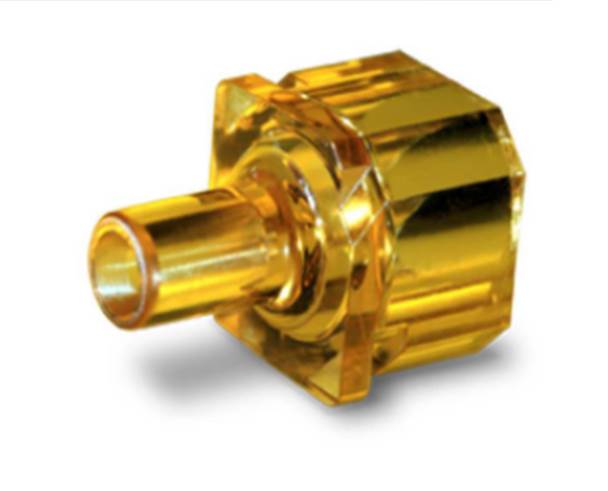For harsh environments, materials provide the difference between survival and failure by addressing thermal, chemical and mechanical operating requirements. However, the right materials are also essential to achieve the desired sensor electrical performance, especially in many more demanding, high performance applications. This starts with the sensing element and extends to the packaging. As one of the final, and sometimes even forgotten, aspects of sensors and many other electrical/electronic products, packaging can provide critical design success factors. Infrared (IR) sensors provide some interesting examples.
To sense or control movement, surroundings, shape of things, proximity, speed and direction, optical sensors use IR wavelengths. For optical applications, in addition to lead free, reflow soldering (up to 260°C), low coefficient of thermal expansion, low shrinkage and melt-processable capabilities for manufacturability, a material’s infrared transparency impacts it electrical performance. Sabic, a company that supplies resins for optical sensors, provides an interesting performance comparison for its optical materials.
Depending on the material, the light transmittance can vary from >89% to >52% for 1 mm conditions for five different Sabic resins designed for optical applications. Also, the refractive index measured according to F-line (486 nm) technique, will vary from 1.618 to 1.685 for these same materials.
For transparent plastics, ASTM International has several standards that specifically address the light-transmitting and wide-angle-light-scattering properties materials. ASTM D1003 – 21 Standard Test Method for Haze and Luminous Transmittance of Transparent Plastics is one of these standards. For the same five optical materials, the light transmittance conducted according to ASTM D-1003 for 2 mm conditions varied from >88% to > 35%.
The ability to mold the size of lens for specific applications is also important. One material that has achieved success for high volume applications is Sabic’s Extem resin. It can be easily modified to block ambient light by a unique additive technology.

